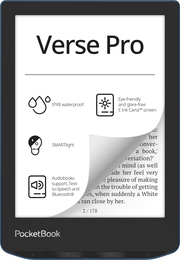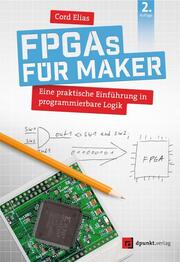Advanced Raspberry Pi (E-Book, PDF)
Advanced Raspberry Pi
eBook - Raspbian Linux and GPIO Integration
Bibliographische Informationen
Format: Digitale Rechteverwaltung: Digitales Wasserzeichen
Beschreibung
Jump right into the pro-level guts of the Raspberry Pi with complete schematics and detailed hardware explanations as your guide. You'll tinker with runlevels, reporting voltages and temperatures, and work on a variety of project examples that you can tune for your own project ideas..
This book is fully updated for the latest Pi boards with three chapters dedicated to GPIO to help you master key aspects of the Raspberry Pi. You'll work with Linux driver information and explore the different Raspberry Pi models, including the Pi Zero, Pi Zero W, Pi 2, Pi3 B and Pi3 B+. You'll also review a variety of project examples that you can tune for your own project ideas. Other topics covered include the 1-Wire driver interface, how to configure a serial Linux console, and cross-compile code, including the Linux kernel.
You'll find yourself turning toAdvanced Raspberry Pi over and over again for both inspiration and reference. Whether you're an electronics professional, an entrepreneurial maker, or just looking for more detailed information on the Raspberry Pi, this is exactly the book for you.
What You'll LearnMaster I2C and SPI communications from Raspbian Linux in CProgram USB peripherals, such as a 5-inch LCD panel with touch control and the Pi cameraStudy GPIO hardware, the sysfs driver interface and direct access from C programsUse and program the UART serial device. Who This Book Is ForAdvanced Raspberry Pi users who have experience doing basic projects and want to take their projects further.Autorenportrait
Inhalt
E-Book Informationen
„eBooks“ sind digitale Bücher. Um eBooks lesen zu können, wird entweder eine spezielle Software für Computer, Tablets und Smartphones oder ein eBook-Reader benötigt. Da es eBooks in unterschieldichen Formaten gibt, gilt es, folgendes zu beachten.
Von uns werden digitale Bücher in drei Formaten ausgeliefert. Die Formate sind EPUB mit DRM (Digital Rights Management), EPUB ohne DRM und PDF. Bei den Formaten PDF und EPUB ohne DRM müssen Sie lediglich prüfen, ob Ihr eBook-Reader kompatibel ist. Wenn ein Format mit DRM genutzt wird, besteht zusätzlich die Notwendigkeit, dass Sie einen kostenlosen Adobe® Digital Editions Account besitzen. Wenn Sie ein eBook, das Adobe® Digital Editions benötigt, herunterladen, erhalten Sie eine ASCM-Datei, die zu Digital Editions hinzugefügt und mit Ihrem Account verknüpft werden muss. Einige eBook-Reader (zum Beispiel PocketBook Touch) unterstützen auch das direkte Eingeben der Login-Daten des Adobe Accounts – somit können diese ASCM-Dateien direkt auf das betreffende Gerät kopiert werden.
Da eBooks nur für eine begrenzte Zeit – in der Regel 6 Monate – herunterladbar sind, sollten Sie stets eine Sicherheitskopie auf einem Dauerspeicher (Festplatte, USB-Stick oder CD) anlegen. Außerdem ist die Anzahl der Downloads auf maximal 5 begrenzt.
Weitere Artikel aus der Kategorie "Informatik, EDV/Hardware"
Lieferbar innerhalb 24 Stunden

Lieferbar innerhalb 24 Stunden

Lieferbar innerhalb 24 Stunden










